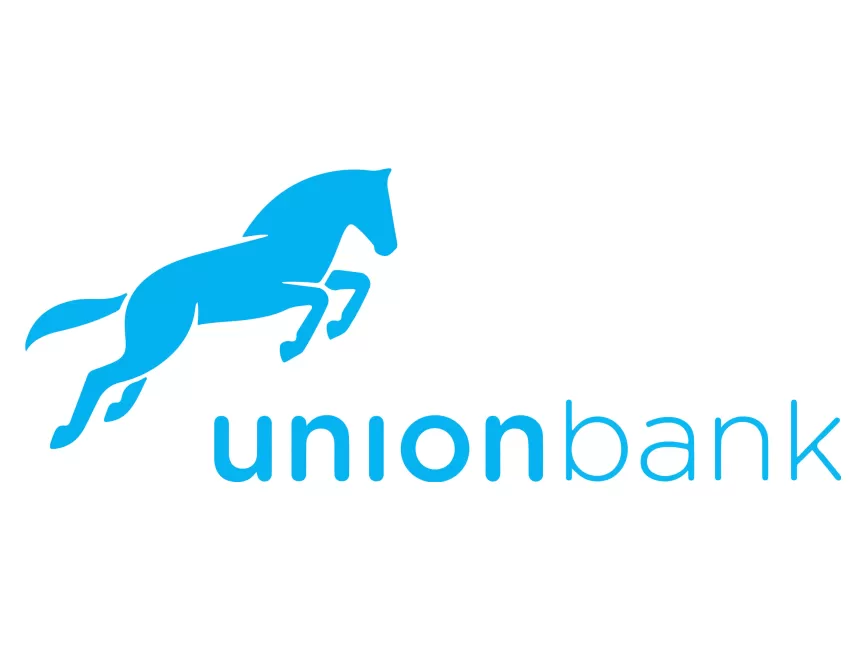News
UEFA Champions League is coming
See how the UEFA Champions League get prepare for a season!
Advertisement
Preparation for the UEFA Champions League varies by club and can depend on a number of factors, such as the team’s playing style, schedule, and opponent. However, some common steps that clubs may take to prepare for the competition include:
- Tactical analysis: Coaches and analysts will study upcoming opponents to understand their strengths, weaknesses, and playing style. This analysis may inform changes to the team’s formation, strategy, or personnel.
- Training and practice: Teams will often focus on specific areas of their game in training, such as set pieces, ball possession, or defensive structure. This practice can help the team to improve in these areas and prepare for the demands of the competition.
- Recovery and injury prevention: With a demanding schedule of games, clubs may prioritize recovery and injury prevention in their preparation. This can include rest days, physical therapy, and other treatments to ensure players are fit and healthy for the competition.
- Team building: The Champions League is a high-pressure competition, and clubs may focus on team building and morale to help players work together effectively on the field.
- Travel planning: With matches taking place across Europe, clubs may need to plan their travel arrangements and accommodation carefully to ensure they arrive in good time and in the best possible condition.
Overall, preparation for the UEFA Champions League is a multifaceted process that requires careful planning, analysis, and training. Clubs will often prioritize different aspects of preparation depending on their goals and the specific challenges they face in the competition.
Athletic physical preparation is a process of training and conditioning designed to improve athletic performance and prevent injuries. The goal of athletic physical preparation is to enhance an athlete’s physical abilities, such as strength, speed, agility, and endurance, while minimizing the risk of injury. Here are some common steps involved in athletic physical preparation:
- Assessment: The athlete’s current physical condition is assessed to identify areas that need improvement and to set goals for the training program.
- Strength and conditioning: This includes exercises to improve strength, power, endurance, and flexibility. Strength and conditioning programs are often tailored to the athlete’s sport and position.
- Speed and agility training: This includes exercises to improve quickness, agility, and speed. These exercises can help improve an athlete’s ability to change direction quickly and cover ground more efficiently.
- Plyometrics: This involves exercises that use explosive movements to build power and strength, such as jumping, hopping, and bounding.
- Nutrition: A balanced diet is critical to supporting athletic performance and recovery. A registered dietitian may work with the athlete to create a nutrition plan that supports the athlete’s training goals.
- Recovery: Proper recovery is critical to injury prevention and maintaining high performance. This includes adequate rest and sleep, stretching, and massage.
Overall, athletic physical preparation is a multifaceted process that requires careful planning and execution to improve athletic performance and minimize the risk of injury. Athletic physical preparation programs are tailored to the specific needs of individual athletes and sports to achieve the best results.
Overall, physical preparation for athletes involves a combination of strength training, cardiovascular endurance, flexibility and mobility, agility and speed training, proper nutrition, and recovery. A comprehensive approach to physical preparation can help athletes perform at their best and avoid injury.
Athletic preparation for a game or competition involves a series of steps to improve athletic performance and prevent injury. These steps typically include an assessment of the athlete’s physical condition, strength and conditioning exercises, speed and agility training, plyometrics, nutrition planning, and recovery strategies. The goal is to enhance the athlete’s physical abilities, such as strength, speed, agility, and endurance, while minimizing the risk of injury. Athletic preparation is tailored to the specific needs of individual athletes and sports to achieve the best results.
Trending Topics

Recommendation – Union Bank of Nigeria
Unleash your financial potential with Union Bank of Nigeria. With a range of investment options, convenient banking, and expert support.
Keep ReadingYou may also like

Review Heritage Bank
Empower your financial future with a loan from Heritage Bank. From personal loans to business loans, we have the loan options you need.
Keep Reading


